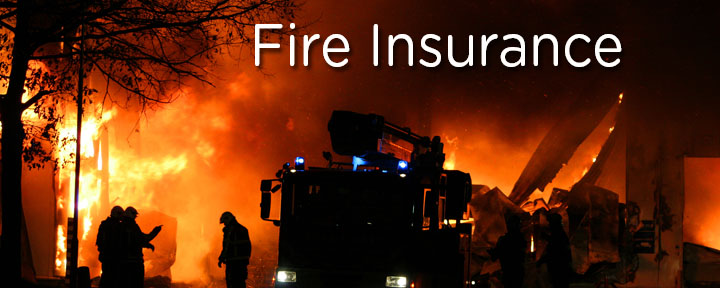
You’re not alone. The insurance companies are in flux themselves as they grapple with which zip codes to cover and which ones to cancel. They’re in the business of making money so offering fire insurance where wildfires have consumed the state is not smart business for them. Over the years, when insurance companies failed, homeowners were rescued by the state at the taxpayers’ expense. When you’ve paid for years (decades) of fire insurance and never had a claim, it seems unethical that the insurance companies can cancel your policies when you need them the most.
276 California homeowners have received cancellation or non-renewal notices based on their high-risk zip codes this year. Cal Fire has assessed swathes of wooded areas that pose wildfire threats and have labeled these areas accordingly. Some neighborhoods within these areas have created defensible space around their homes and Cal Fire has issued certification that some insurance companies review when considering cancelling or renewing policies. Unfortunately at this time, Cal Fire doesn’t have the manpower or time to inspect the volume of homes that would need to be assessed.
To retain fire insurance, some homeowners are required to do massive and expensive wildfire mitigation. In some cases, the demands are more extensive than local and state fire departments require. Mill Valley is proposing the most aggressive vegetation-management ordinances in California. Homeowners will be required to remove 10 types of trees and plants, and create a 3-foot noncombustible zone around their houses. Assembly Bill 1516 will require Cal Fire’s highest-risk zones to create a 5-foot noncombustible zone around their structures.
Homeowners are also required to move firewood stacks at least 30 feet from the home and to install fine metal mesh on attic and eaves vents to screen out embers. In order to provide defensible space around the house, insurance companies are also requiring homeowners to trim or remove trees so that between 30 and 60 feet of the house, there would be at least 12 feet of space between canopy tops. From 60 to 100 feet of the house, the treetop branches would need to be at least 6 feet apart.
This type of clearing can be expensive. Licensed contractors can charge from $5,000 to $30,000 to permit, cut, and chip or haul away trees and branches. Check for free chipping and clearing services from the Resource Conservation Districts, FireSafe Council, and local fire departments that may have grant funds available for homeowners to create defensible space around their homes.
Homeowners who lose fire coverage from their homeowner’s insurance companies have 2 options: (1) Surplus lines carriers (Lloyd’s of London), which sold 60% more policies in California than they did in 2016; and (2) California Fair Plan, an association of California’ licensed insurance companies, which sells fire insurance only (not water, wind, theft, or liability). Under the Fair Plan, you would need to get a wraparound policy to cover everything else. Rates are at least double existing homeowners’ insurance rates.
The message is loud and clear: create defensible space around your home to protect your family and structure, and to create the best odds for retaining your homeowner’s fire coverage.
So make a list of things you can do to create defensible space around your home. Then, block off time on your calendar to get it done. This is the first time in history that we have to do fire prevention work in order to keep our fire insurance coverage.
[Source 1]
[Source 2]
[Source 3]
